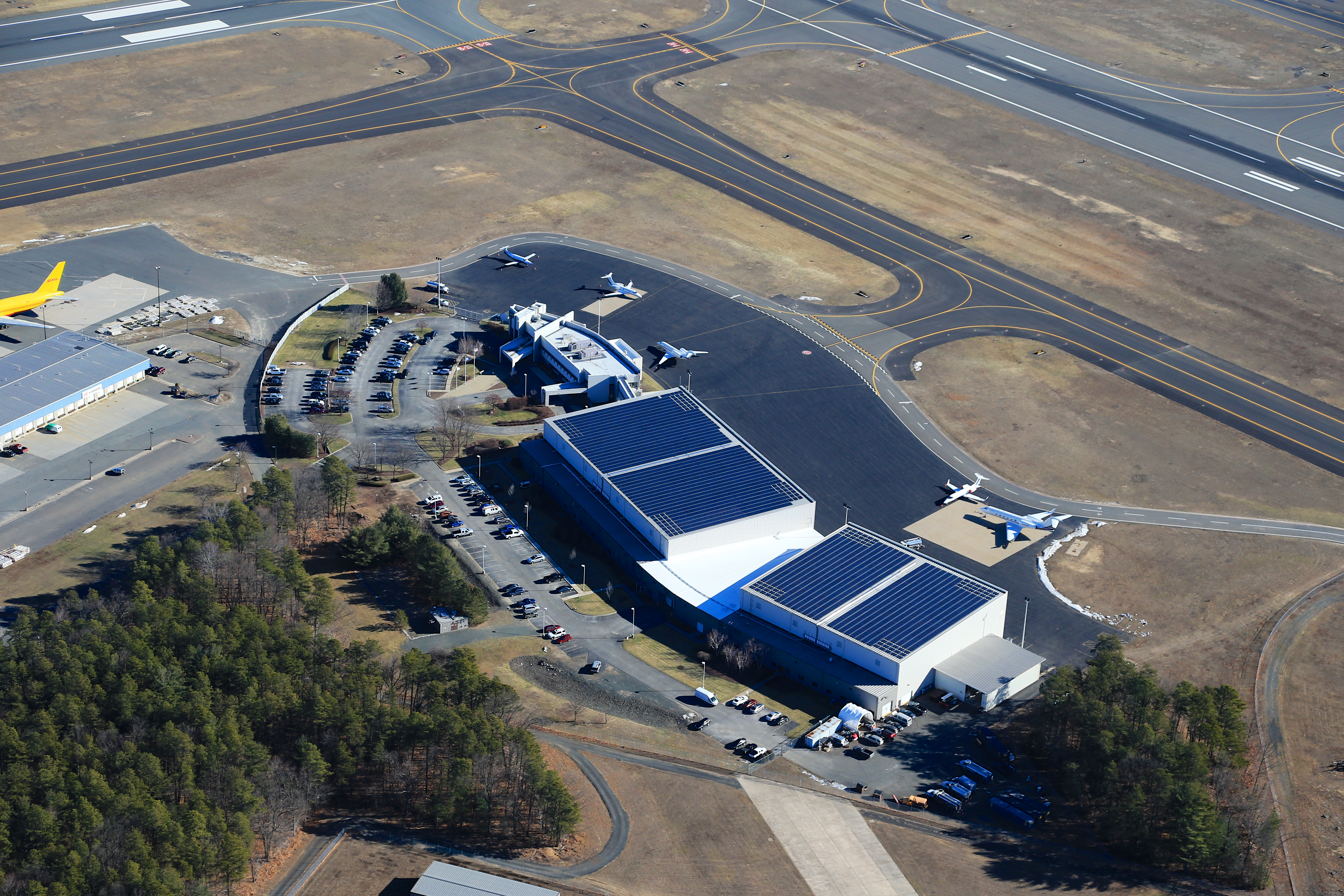Solar in the Northeast
A new beginning
 The northeastern United States offers an attractive $67.5 billion opportunity for commercial solar photovoltaic (PV) installations, according to a recent Wiser Capital report. Yet market penetration in the region is low. Innovative financing solutions reducing soft costs for developers and deliver investors with long-term, non-market correlated commercial project debt investments with strong risk-adjusted returns are crucial for growing the highly-underserved sector.
The northeastern United States offers an attractive $67.5 billion opportunity for commercial solar photovoltaic (PV) installations, according to a recent Wiser Capital report. Yet market penetration in the region is low. Innovative financing solutions reducing soft costs for developers and deliver investors with long-term, non-market correlated commercial project debt investments with strong risk-adjusted returns are crucial for growing the highly-underserved sector.
The Northeast is a particularly compelling commercial solar market primarily because of three market conditions: available roof space, high electricity prices, and state incentive programs. The region has close to 250,000 commercial buildings that could collectively produce 94,733 megawatts (MW) of renewable energy. With the Northeast’s higher than average electricity rates and strong state incentives, such as Solar Renewable Energy Certificates (SRECs), commercial project owners could save almost $1 million over a 25-year power purchase agreement (PPA) term.
Ensuring appropriate real estate is in place to meet the requirements necessary for solar (for example, rooftop area, structural layout, shading, and more) is the first step to installing commercial solar. If existing real estate meets the requirements without any need for architectural or structural modification, building owners are more likely to consider solar as an option. Favorable real estate conditions, however, are not enough to move the needle. Asset owners will not change business as usual until there is pressure to look for something new.
External pressures include high electricity rates, which would motivate building owners to change behavior. Electricity rates in the Northeast are over 35 percent higher than the national average. When compared to solar financing structures including leases, loans, and PPAs, which can hedge in the price of electricity for over 20 to 25 years, solar energy begins to look more appealing. Paired with state incentives rewarding clean energy generation, commercial real estate owners have become motivated to install solar. Each state in the Northeast has unique incentive structures, the most popular being SRECs, which provide monetary benefits to producers of electricity not emitting carbon dioxide emissions. These market conditions have created a significant opportunity for commercial solar; however, they are not enough to overcome the hurdles of the sector.
Throughout the United States, the cumbersome development process has derailed many potential commercial and industrial projects. The current process of finding funding is complicated, costly, and time-consuming. Due to the lack of standardization of projects, transaction costs end up being high as financiers have to start from scratch for every deal. Streamlining the application process through automation and standardizing documentation are two simple ways to increase the flow of capital to the commercial market and ensure transparency and clarity between all parties involved.
Automating the application process can streamline loans by reducing the time and cost associated with continued email correspondence and numerous telephone calls. Having the information online gives the developer a good sense of how long the process will take, allowing them to better plan and budget the necessary time. Presenting the application online ensures transparency, as developers know exactly what information they need to provide from the beginning. Automation is also beneficial for finance companies, as it allows them to stay leaner and maximize the number of loans they can process.
Standardizing documentation for projects which are inherently different is the biggest hurdle that must be overcome within the commercial and industrial sector. One good place to start would be standardizing legal documentation. Legal costs can oftentimes amount up to 70 percent of the transaction soft costs in a project. By creating a standard template that can then be tailored according to the deal, transaction costs can significantly decrease.
Addressing some fundamental processes within the financing realm will increase access to capital in the commercial solar sector. The pieces have fallen together for the Northeast to thrive in the solar sector. With available rooftop area, high electricity rates, compelling state incentives, as well as innovative, technology-enabled solutions simplifying the financing process, the commercial market in the Northeast can reach its full potential.
Graham Smith is the CEO of Open Energy
Open Energy | www.openenergygroup.com
Volume: 2016 May/June










.png?r=2947)

